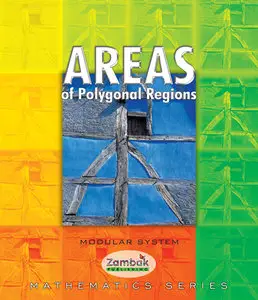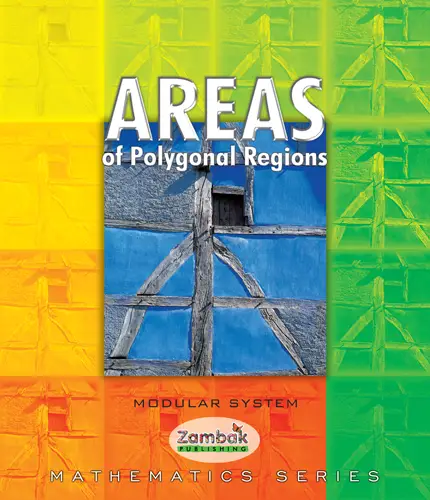Ahmet Çakır, "Areas of Polygonal Regions (Zambak)"
2008 | pages: 135 | ISBN: 9789752669307 | PDF | 18,3 mb
2008 | pages: 135 | ISBN: 9789752669307 | PDF | 18,3 mb
This book is a high school course about the areas of polygonal and circular regions. Before studying this book, students should have a basic understanding of the properties of triangles, polygons and circles, although you may choose to teach this book in stages, studying first triangles and then the areas of triangles, followed by quadrilaterals and then the areas of quadrilaterals, etc. This decision will depend on your teaching schedule and curriculum.
The book is divided into three sections:
* Section 1 begins with basic definitions related to area, and then leads students through a study of the areas of triangles. Each important theorem, formula or property is treated as a subtopic, and self-check questions follow these subtopics. In many cases the book shows important conclusions. Once students can understand and apply these conclusions, they will be able to solve more problems than they can solve using only the formulas and properties on their own.
Section 2 looks at the areas of quadrilaterals. A number of properties of area are common to all quadrilaterals, so these are given first. For similar reasons, parallelograms are introduced next, since many quadrilaterals are also parallelograms. Once students have understood these first two parts of the section, they should be able to understand the remaining parts (about rhombi, sqtiares, trapezoids and kites) easily.
Section 3 covers the areas of regular polygons, circles, and parts of circles. Students learn about inscribed and
circumscribed circles and polygons, and the relation of the inradius and circumradius to the area of a polygon. This
is followed by a study of the areas of sectors, segments and rings. The final part of the section looks at the
properties of similarity in circles.
This book follows a step-by-step teaching approach which leads the student from basic definitions and concepts to a
gradual mastery of the topic through a large number of clear, solved examples. At each stage, students can check their
understanding by trying problems in self-check Check Yourself sections. There are also many further exercises at the
end of each section, and a Chapter Summary and Chapter Review Tests are given at the end of the book. Each Chapter
Review Test is based on a different section of the book, and provides practice for exams.
My Links



